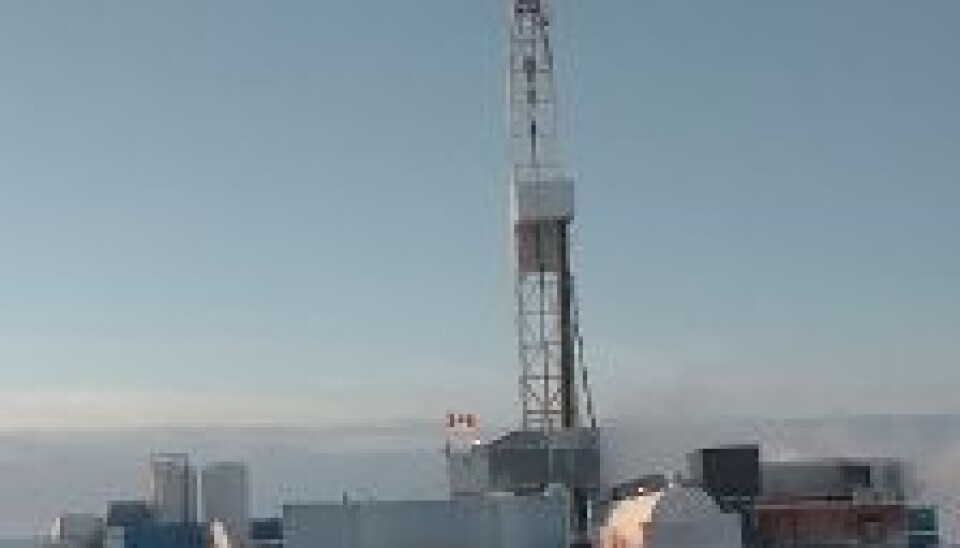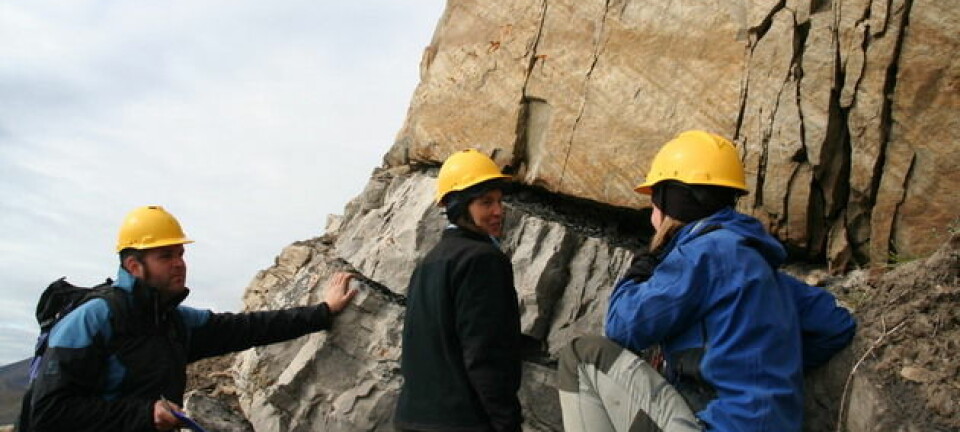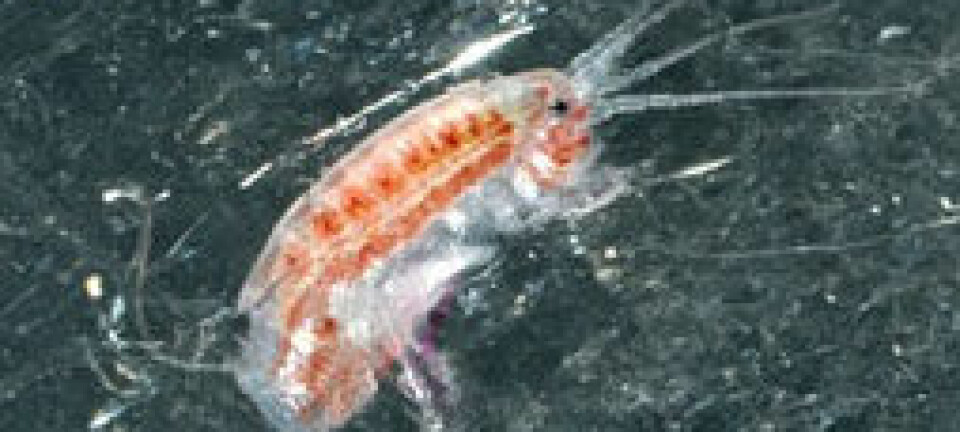This article was produced and financed by University of Stavanger

Cold no curb on appetite
Living in a low temperature environment does not affect bacteria’s appetite for hydrocarbons, according to recent research. This new knowledge could affect environmental risk assessment in the Arctic.
Denne artikkelen er over ti år gammel og kan inneholde utdatert informasjon.
Many people have expressed environmental concerns as the offshore petroleum industry moves further north, citing fears about the consequences of possible pollution in icy seas.
Water temperature plays a key role in this type of risk assessment, both for the behaviour of spilt hydrocarbons and for the speed at which toxins in the oil are broken down naturally.
Findings in a recent doctoral thesis at the University of Stavanger may lead to changes in such risk assessments.
New method
Experiments carried out by doctoral research fellow Andrea Bagi show that Arctic bacteria “eat” the oil component naphthalene just as quickly as their counterparts further south, provided they get necessary nutrients.

Similar trials conducted earlier have involved cooling down North Sea water, adding oil and seeing how long degradation takes. The results clearly show that the bacteria consume more slowly.
Bagi has taken a different tack by sourcing her water samples both off south-west Norway and north of the Arctic Svalbard islands.
Different properties
These specimens have been contaminated with naphthalene, an important (and toxic) crude oil component, and tested at 0.5°C, 4°C, 8°C and 15°C.
Environmental toxins turned out to be broken down just as rapidly in the water taken from the Arctic as in the North Sea sample, even at low temperatures.
The explanation is actually fairly simple – the bacterial flora found off Svalbard has different properties than the forms found off Stavanger.
Adjusted bacteria
“Bacteria in these two sea areas are adjusted to their respective environments,” observes Bagi. “They thereby manage to do the same job under differing conditions.”
Her PhD supervisor, associate professor Roald Kommedal, admits to being a little surprised when she reported these results.
“We expected to see some effect from the environmental adjustment, but not that natural breakdown would be just as fast as in warmer waters,” he says.
Eaten by enzymes
Bacterial degradation is one of the most important mechanisms for natural removal of hydrocarbons from the marine environment. Many oil spills have proved less damaging than feared because nature itself cleaned them up to some extent.
That is because the seas contain a multitude of bacterial types. Some produce enzymes which can convert hydrocarbons to food by turning sticky oil into carbon dioxide.
Bagi emphasises that she has only researched a single component (naphthalene) and that bacterial action is only one of several factors involved when assessing the risk of Arctic oil spills.
New understanding
Her work could nevertheless have consequences for Oil Spill Contingency And Response (OSCAR), the main model used for environmental risk assessment on the Norwegian continental shelf. This is based on the old understanding of temperature effects.
Kommedal hopes to secure backing for further research with a larger number of crude oil components and different types of seawater.
“Oil operations in the Arctic are a political hot potato, and many people have strong views on this issue,” he points out. “That makes it all the more important to learn as much as possible.”
----------------------------------
Read the Norwegian version of this article at forskning.no
Scientific links
- Estimation of hydrocarbon biodegradation rates in marine environments: A critical review of the Q10 approach, Marine Environmental Research, vol. 89, August 2013
- Naphthalene biodegradation in temperate and arctic marine microcosms, Biodegradation, April 2013

































